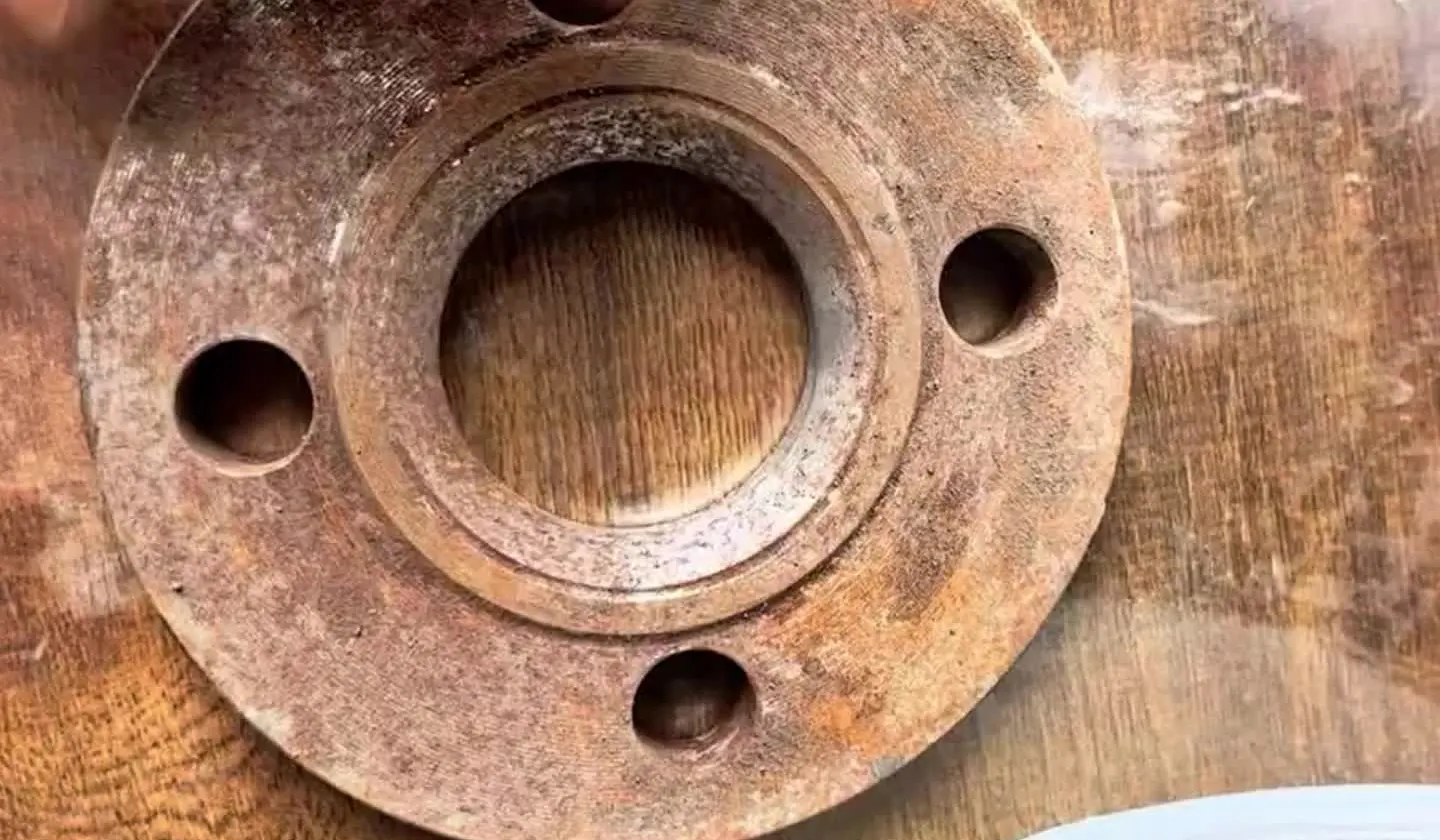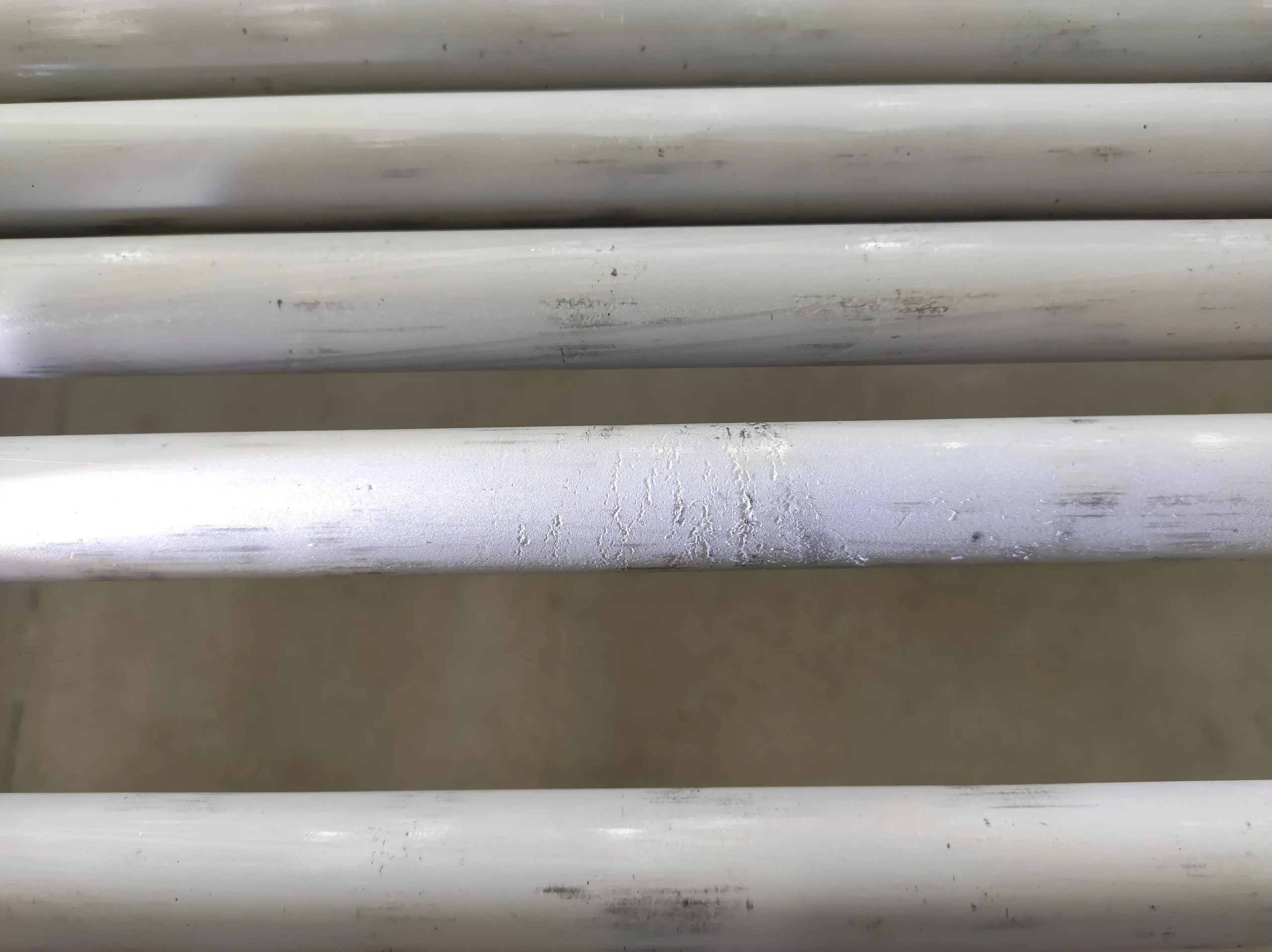Ao longo do tempo, degradação de materiais de aço inoxidável ocorre. Entretanto, os sistemas de tubulação transportam fluidos vitais, o que pode levar a vazamentos e falhas. Portanto, entender esses processos é vital e garante que seu tubos de aço inoxidável e conexões para tubos de aço inoxidável são feitos para durar.
O que é degradação de materiais de aço inoxidável? Uma batalha constante!
A degradação dos materiais de aço inoxidável significa que suas propriedades se deterioram com o tempo. Isso acontece devido às interações ambientais. Corrosão é a principal causa, assim como o estresse mecânico. A compreensão desses mecanismos ajuda a evitar falhas.
Principais formas de degradação de materiais de aço inoxidável
Corrosão intergranular corrói os limites dos grãos. Ela ocorre após a sensibilização (cromo depleção). A soldagem é uma causa comum, enfraquecendo o material por dentro.
SCC é uma combinação de tensão de tração e um ambiente corrosivo. As rachaduras podem se expandir rapidamente, levando a uma falha repentina. Os cloretos são os culpados mais comuns.
Inclui a erosão de materiais por fluxo de fluido, mas também inclui ataque químico. Isso é exacerbado por fluidos de alta velocidade, afetando dobras e áreas de turbulência.
O ciclo de estresse repetitivo leva à fadiga, em que microfissuras se formam e se expandem, levando eventualmente à fratura. Comum em sistemas de tubulação vibratória.
Fatores e seu impacto sobre o aço inoxidável
| Fator | Descrição | Risco para a tubulação/componentes |
|---|---|---|
| Ambientes corrosivos | Ácidos, cloretos, compostos de enxofre | Pitting, corrosão geral |
| Alta temperatura | Temperaturas operacionais elevadas | Oxidação, sensibilização, rastejar |
| Estresse mecânico | Pressão, vibração, cargas externas | SCC, fadiga, deformação |
| Condição da superfície | Rugosidade, contaminação, soldas | Corrosão localizada, corrosão por pite |
| Defeitos de material | Inclusões, tratamento térmico inadequado | Resistência reduzida, falha prematura |
| Velocidade do fluido | Altas taxas de fluxo | Erosão-corrosão |
O que fazemos
Estratégias de prevenção para aço inoxidável
| Estratégia | Ação | Benefício para tubos e conexões |
|---|---|---|
| Seleção de notas | Escolha a liga de aço inoxidável adequada | Resistir a ambientes específicos |
| Design adequado | Evite fendas, estagnação e pontos de estresse | Reduzir ataques localizados |
| Acabamento da superfície | Polimento, eletropolimento | Aumentar a resistência à corrosão |
| Tratamento pós-soldagem | Limpar, passivar e recozer as soldas | Prevenir corrosão pós-soldagem |
| Revestimentos de proteção | Aplicar barreiras especializadas | Adicionar defesa extra |
| Monitoramento | Inspeção regular, testes não destrutivos | Detectar degradação precoce |
Impacto da degradação de materiais de aço inoxidável
- Falhas operacionais: Vazamento devido ao envelhecimento das tubulações. Isso pode levar a paradas não planejadas. As perdas de produção podem ser substanciais.
- Riscos à segurança: O vazamento de líquidos perigosos representa um perigo e prejudica o meio ambiente.
- Aumento dos custos: Reparos caros e peças de reposição aumentam as despesas de capital e aumentam os custos operacionais.
- Vida útil mais curta: O equipamento se deteriora mais rapidamente, reduzindo sua vida útil. Daí a necessidade de substituição antecipada.
- Problemas de conformidade: As falhas podem levar à não conformidade com as normas, o que pode resultar em multas e prejudicar a reputação da empresa.
Fornecimento de componentes confiáveis
Escolha um fabricante que tem ampla experiência com aço inoxidável e que entende suas propriedades exclusivas. Isso garante ótimos resultados de moldagem.
Procure recursos de ferramental de última geração, pois o ferramental de precisão é essencial e pode afetar a qualidade e a consistência das peças.
Garantir o rigor qualidade verificações estão em vigor, incluindo verificações dimensionais, etc. Verificação da integridade do material e relatórios de testes de materiais também são fundamentais.
Trabalhar com fabricantes de renome que oferecem produtos confiáveis de aço inoxidável e têm certificações(por exemplo ISO 9001 e CE-PED).
Confirme se o fabricante pode atender aos seus requisitos de volume de produção. Ele deve lidar tanto com a prototipagem quanto com a produção em volume.
Talvez você também queira ler:
O que são os aços inoxidáveis H e L - Duplex Pipe
O que é carboneto em aço inoxidável? Quais são seus efeitos em tubos e conexões?
O que é deformação por fluência em aço inoxidável?
O que é endurecimento por envelhecimento do aço inoxidável?
O significado das letras após as classes de aço inoxidável
Aço inoxidável versus aço carbono: Qual é o melhor para tubos e conexões?
Como amolecer o aço inoxidável? Quais são os benefícios e as desvantagens?
Contate-nos
- RM901 No.22 Tangjiaqiao Road Wenzhou China
- +86 577 8551 1171
- [email protected]
- https://www.kaysuns.com/



